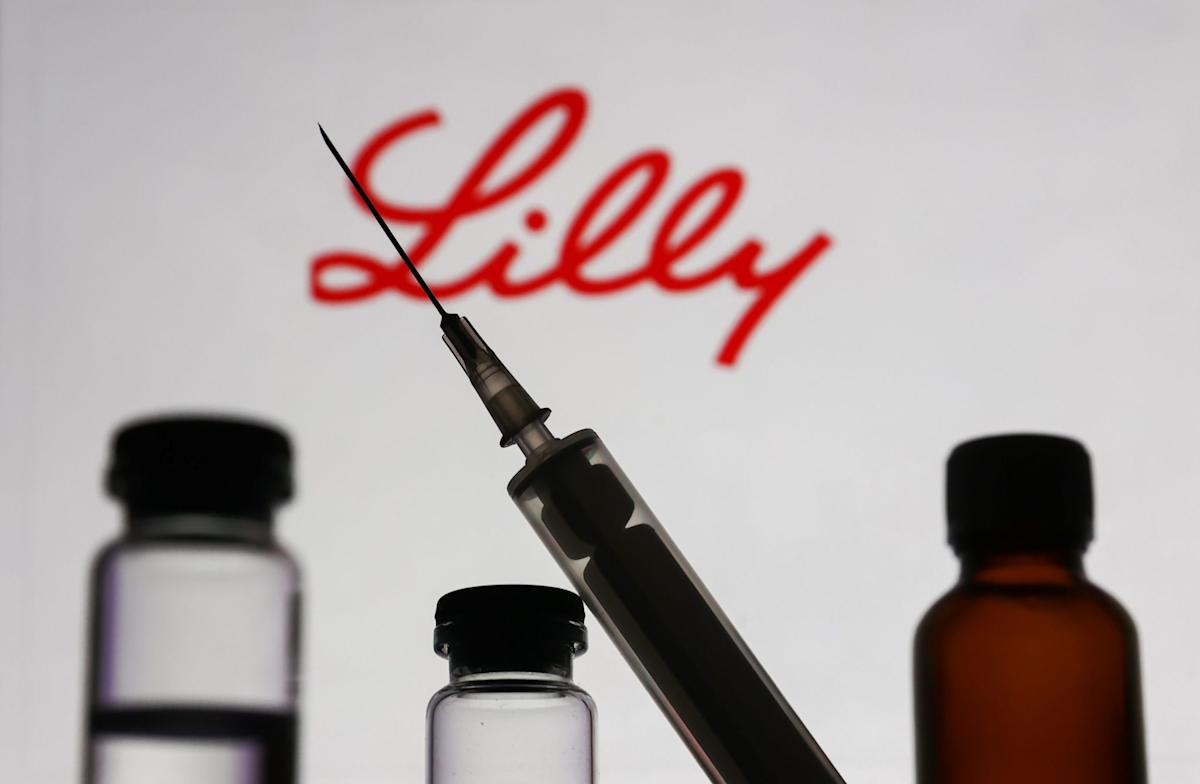AI chip maker Nvidia’s fresh partnerships with Eli Lilly and Johnson & Johnson point to a broader trend in the pharmaceutical industry, where tie-ups with AI giants are intended to speed up drug discovery and make work easier for health care workers.
“We want everything to move really, really fast and we want to get a new molecule that’s going to change the world in another six months,” says Diogo Rau, Eli Lilly’s chief information and digital officer. But despite that urgency, Rau acknowledges that science still takes time. New drug discovery can take well over a decade and well north of $2 billion, on average, before they can obtain regulatory approval.
Rau and Eli Lilly are betting that AI can speed things up. In late October, the company announced plans to create a new Nvidia-chip powered “supercomputer” and “AI factory” that will go online by early 2026, allowing scientists to utilize models trained on millions of experiments to test new therapies. Some of the proprietary AI models will be made available on Lilly TuneLab, a platform that Lilly launched in September that gives smaller biotech firms access to AI models that have been trained on the larger firm’s research.
Separately, J&J on the same day, announced its own partnership with Nvidia, relying on the AI company’s foundation models to create simulated environments for surgical teams to plan their kidney stone procedures. J&J says this application of so-called “physical AI” will optimize the process to map out procedures, make it easier to train doctors, and will result in more consistent and better clinical outcomes for patients.
“There’s only so many hours in the day,” says Neda Cvijetic, senior vice president and global head of robotics and digital research and development for J&J’s MedTech division. “Sometimes it’s super helpful to see that difficult case in a very realistic, simulated environment first, to help best prepare.”
The pharmaceutical and medical products industries can potentially unlock tens of billions in value from investments in generative AI alone if the sector is successfully able to deploy the technology to improve drug discovery, speed up clinical trials and the regulatory process, and more adeptly market and administer new treatments to the right patients.
But there still remains a bit of a gap between the highly specific AI use cases that are most powerful for the life sciences industry and the technologies that AI hyperscalers offer today. Recently, solutions have become more tailored for the sector, partly reflected by partnerships emerging between Eli Lilly and J&J with Nvidia, and also Novo Nordisk’s relationship with Anthropic and Amazon Web Services, as well as AI hyperscaler’s own efforts. Last month, Anthropic launched Claude for Life Sciences, which was designed to speed up R&D.
Delphine Zurkiya, a senior partner in both the life sciences and technology practices at McKinsey, said that until recently, AI hyperscalers were spending most of their time working with chief information officers. But as AI budgets have expanded and use cases proliferated, there’s been more interest in business-specific applications for those technologies all across the pharmaceuticals industry.
“The business leaders have less patience with generic platforms,” says Zurkiya. “They’ll want something that’s customized to what they need.”
“We don’t even just want the life sciences knowledge model,” says Rau. “We want one that knows Lilly.”
Lilly’s Chief AI Officer Thomas Fuchs adds that the greatest AI advancements will come from the combination of the company’s trove of proprietary data, the compute investments Lilly is making to train large foundation models, and then deploying that tech to thousands of chemists and biologists, who can use those AI tools to make new discoveries.
Fuchs says that precise science can’t be echoed for every large pharmaceutical company. That would be like an astronomer relying on a telescope sold by a big-box retailer. “We are building a space-based telescope,” says Fuchs.
Kimberly Powell, a VP of healthcare at Nvidia who worked on the J&J surgical AI project, touts the potential for physical AI to tap the advancements of computer vision technology and large language models to turn AI into physical workers.
While that may raise questions about the impact of AI on the job of a surgeon, Powell points to data from the World Health Organization that projects a shortfall of 11 million health workers globally by 2030. She also predicts that a new operating room—a hybrid mix of human surgeons working alongside physical robots and digital agents—could result in breakthroughs in new procedure techniques.
“There is a future goal of how we go from robotic-assisted surgery to robotic surgery, where the robot is actually taking some action on its own,” says Powell. “We’re laying all the groundwork to do that.”
John Kell
Send thoughts or suggestions to CIO Intelligence here.
This story was originally featured on Fortune.com

